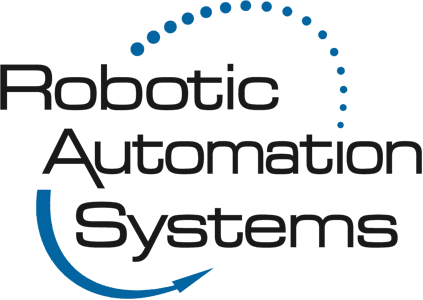What Are Cartesian Robots?
What Are Cartesian Robots?
Robotic Automation Systems is dedicated to providing cutting-edge automation solutions that streamline manufacturing processes and enhance productivity. Let’s explore the world of Cartesian robots, shedding light on their functionality, advantages, and applications. As one of the leading providers of robotic systems, we understand the significant role Cartesian robots play in revolutionizing industrial automation.
Understanding Cartesian Robot
Cartesian robots, also known as gantry robots or XYZ robots, are a type of robotic system characterized by their linear motion along three orthogonal axes—X, Y, and Z. These robots utilize Cartesian coordinates to navigate and perform precise movements in a controlled manner. Cartesian robots feature a stationary base, often in the form of a gantry or bridge, with a moving horizontal beam or platform that carries the end-effector or tool.
Functionality and Versatility
Cartesian robots are prized for their exceptional precision, accuracy, and repeatability. The linear movement along the three axes enables them to navigate in a controlled and predictable manner, making them well-suited for applications that require precise positioning and handling of objects. Their rigidity and stability allow Cartesian robots to handle heavy loads and maintain accuracy even during high-speed operations.
Advantages of Cartesian Robots
There are several advantages of cartesian robots. They include:
Precise and Repeatable Movements
Cartesian robots excel at performing repetitive tasks with unparalleled precision and repeatability. Their linear motion along the X, Y, and Z axes allows for accurate positioning, ensuring consistent results and reducing errors.
Versatility
Cartesian robots are highly versatile and can be easily customized to suit various applications. Their modular design allows for flexibility in adapting to different work environments, workspaces, and payloads. Cartesian robots can be integrated with a wide range of end-effectors, such as grippers, suction cups, or specialized tools, enabling them to handle diverse tasks and objects.
Scalability
Cartesian robots offer scalability, making them suitable for both small-scale and large-scale automation requirements. The size of the robot can be tailored to fit specific production needs, allowing businesses to optimize their automation systems based on workload and available space.
High Payload Capacity
Due to their sturdy design, Cartesian robots can handle heavy payloads, making them ideal for applications that involve lifting, moving, or manipulating objects with significant mass.
Safety and Ease of Maintenance
Cartesian robots are designed with safety features that ensure secure operations and minimize the risk of accidents. Additionally, their structure often allows easy access and maintenance, facilitating efficient troubleshooting and minimizing downtime.
Applications of Cartesian Robots
Cartesian robots find widespread application in various industries, playing a crucial role in automating manufacturing processes. They are commonly used in pick and place operations, assembly lines, material handling, packaging, and inspection tasks. Cartesian robots are particularly advantageous in applications that require precise positioning and repetitive movements, such as electronics manufacturing, automotive assembly, pharmaceutical production, and food packaging.
Enhancing Precision and Efficiency in Automation
As leaders in robotic automation, Robotic Automation Systems recognizes Cartesian robots’ significant advantages and capabilities. Their precision, versatility, scalability, and high payload capacity make them invaluable tools for enhancing productivity and efficiency in industrial automation. By harnessing the power of Cartesian robots, businesses can streamline their operations, reduce errors, and optimize their manufacturing processes. Whether in pick-and-place tasks or complex assembly operations, Cartesian robots continue to revolutionize how industries operate, paving the way for a more efficient and automated future.
